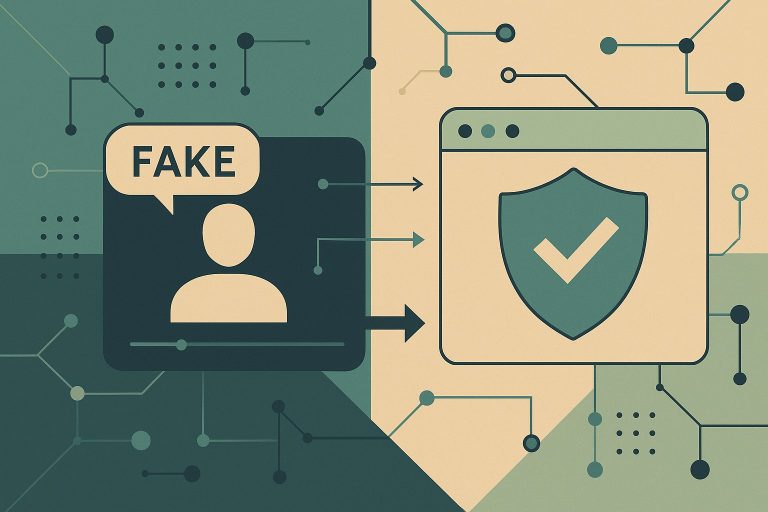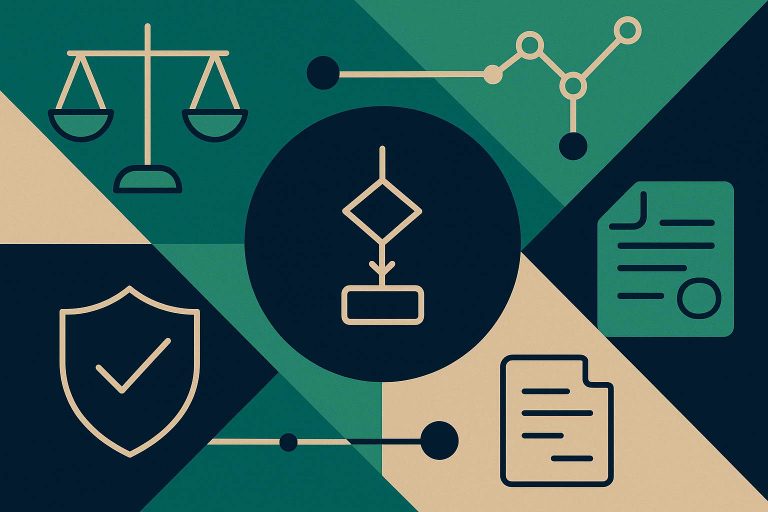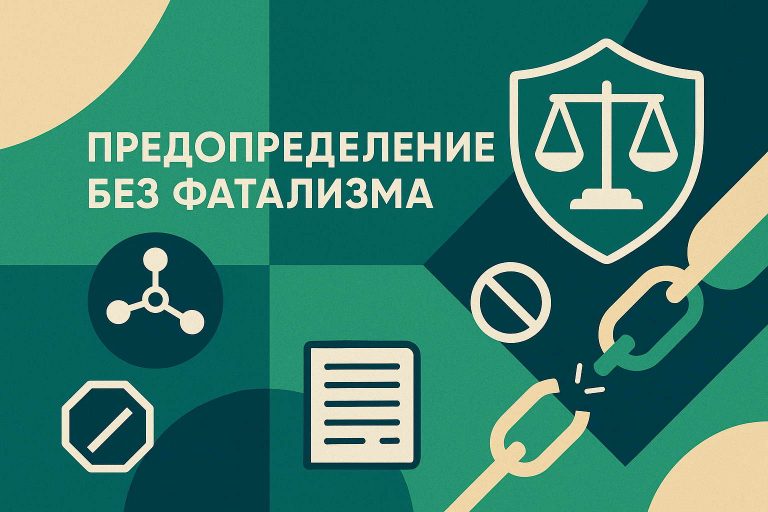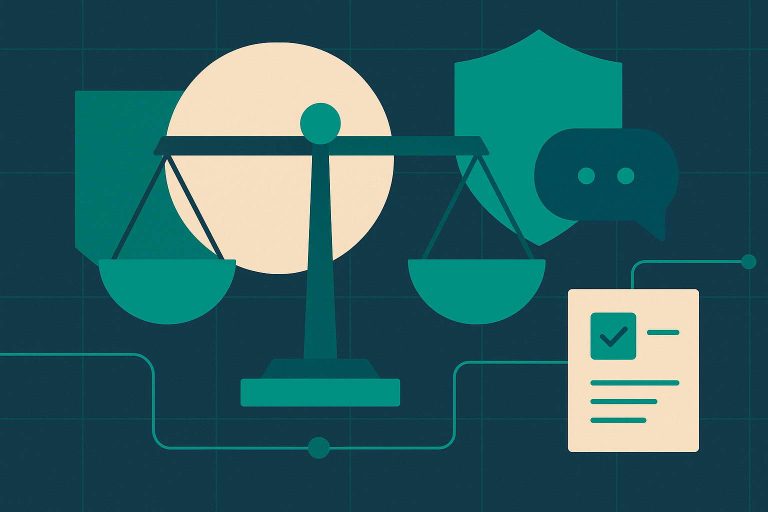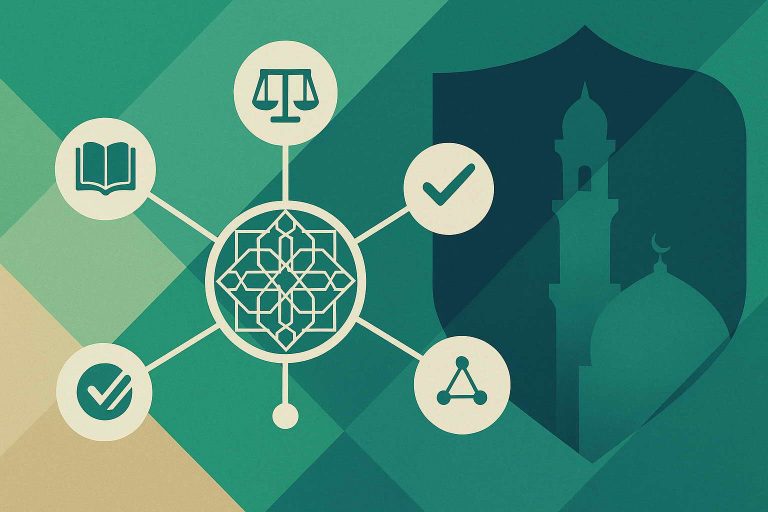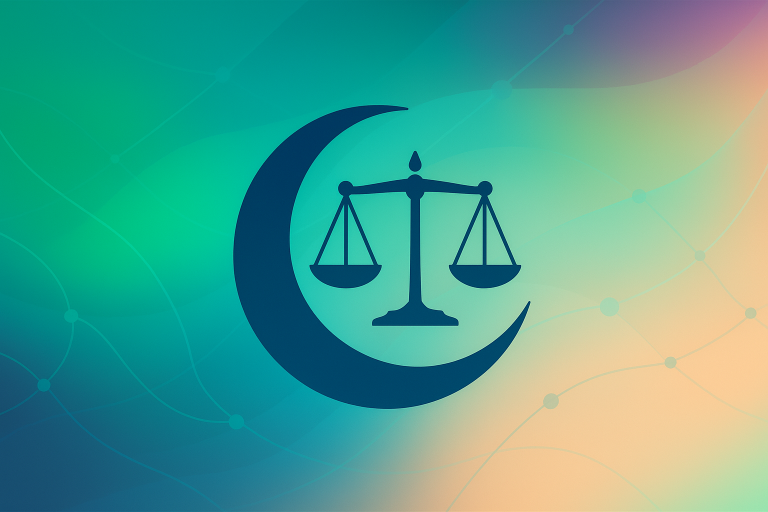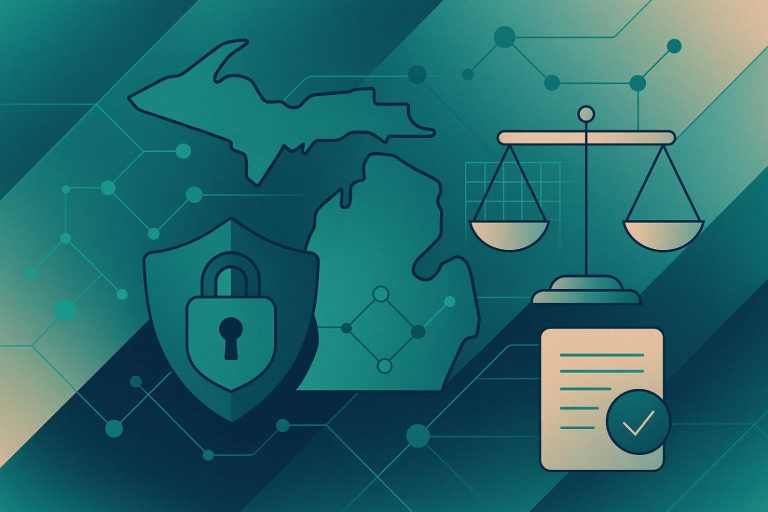Deepfakes and AI fakes: what a Muslim needs to know
AI can already generate realistic photos, videos and audio. Many Muslims come across clips that provoke anger or fear. Without verification, such content may lead to sin and harm to people. The Islamic Code for the Application of AI reminds that preserving reason and protecting people’s honor remain a priority. Therefore, any AI-generated content requires […]

